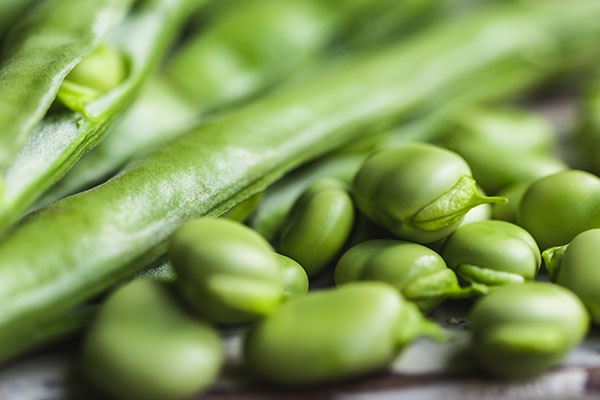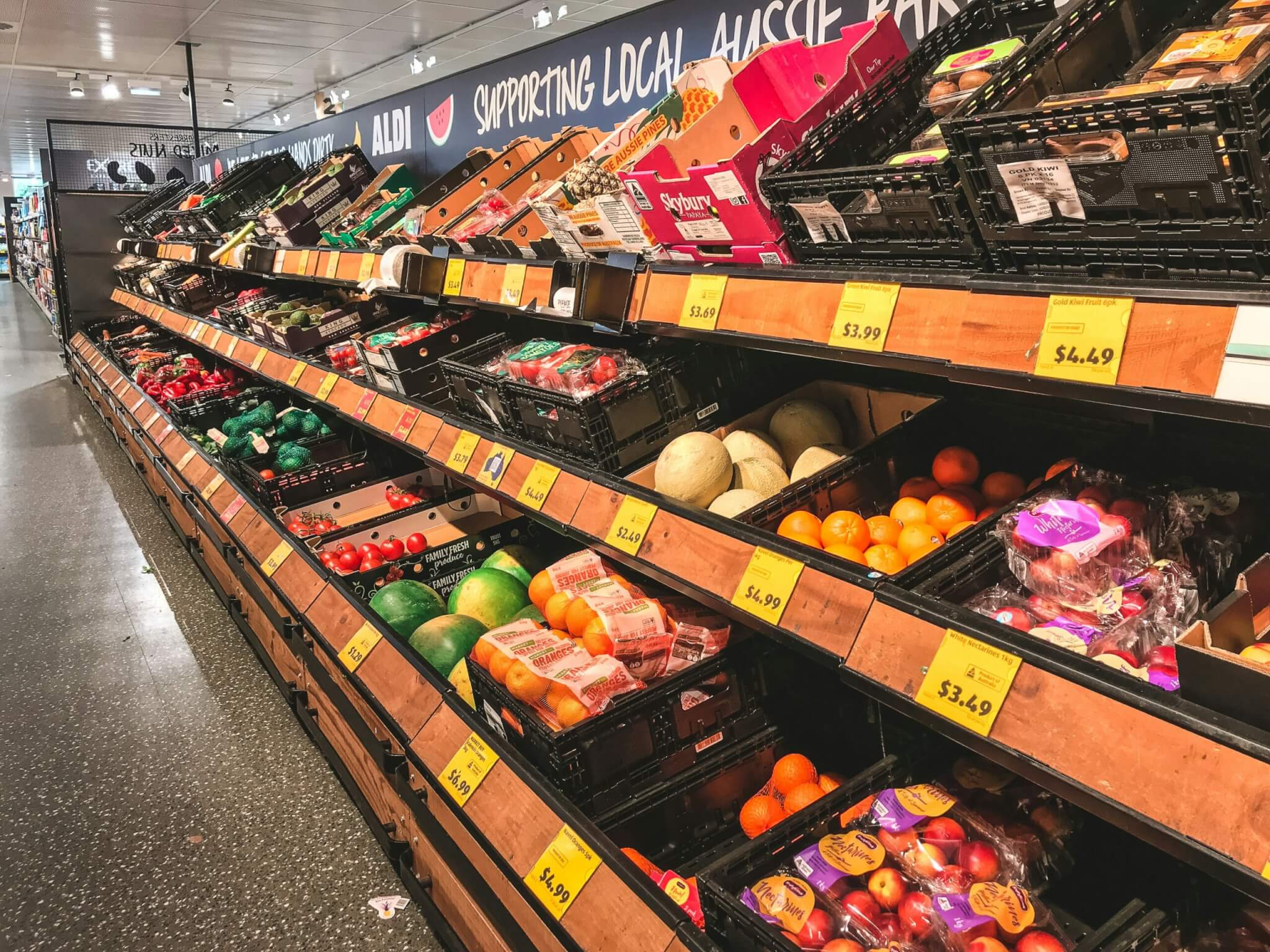Should we eat the same foods all the year round? The answer, as you may have guessed, is a resounding No. Our bodies are not the same all the year round. Our nutritional needs change with the changing seasons, and in pre-industrial times we would only have eaten what was available locally and in season. That was not perfect, but it did have some nutritional benefits which we have lost in the era of air-freighting, supermarket shopping and always- being-in-a-hurry.
Firstly, we now expect to have all foods available all year round, and the supermarkets ensure that we keep on expecting this. It is highly profitable for them, but bad for our bodies and bad for the planet. Secondly, we live mostly indoors, with central heating, so that even in winter our bodies may think it is summer.
Lastly, climate change means that the seasons have become less clearly defined; often you don’t know what season you’re in till you wake up in the morning. You can no longer predict the weather just by knowing which month it is on the calendar. I believe this is one of the factors making our bodies disorientated, like bees in electro-smog. For all these reasons, we have become cut off from the clues in nature that would have told us what we needed to eat. Even to be asking the question, “What should we eat?” would have been unthinkable not so long ago. We ate what grew, when it grew.

The evolutionary perspective
The body and its physiological needs and responses have barely changed at all since we were hunter-gatherers living in nomadic tribes, foraging for food in the wild. Biological adaptation to a changing environment (by Darwinian natural selection) is an incredibly slow process, but our environment – and our food – have altered at breakneck pace in recent centuries. Our bodies simply haven’t been able to keep up.
So here we are, feeling ill or worn out, or simply not as well as we know we could be, and the evolutionary perspective comes along and says: “Well, let’s eat the food our bodies were ‘designed’ to eat – the kind of food our hunter-gatherer ancestors ate.” It sounds sensible, and I believe it can be a very useful guide. Only a guide, though, not a religion!
What did your ancient ancestors eat? A seasonally available mixture of meat, fish (if they were near the sea or a lake or river), plants, nuts, seeds and seedlings, roots, tubers and occasional fruit. One thing we can be sure of, though, is that it was not the same as the food that my ancient ancestors ate, because they lived in different places.
Even today, if you compare the average diet in southern India, say, with the typical diet in Greenland, you’ll find it to be very, very different. Just as you need different food in different seasons, you need different food in different countries. In fact, if you want to know how to eat in a cold winter, study the Inuit peoples. If you want to know how to eat in a hot summer, check out the Indian way.
The most useful aspect of the evolutionary perspective is that it can help us resolve the important how-to-eat dilemmas that are all over the press and plaguing so many of us. Questions like, for my health, should I be: Vegan? Vegetarian? Pescatarian? Carnivorous? Fruitarian? Eat raw food only?
The answer is, it depends on where you live, the climate, the season, and all the factors that make your own body unique.
So here’s a suggestion for how to eat in the 21st century:
December, January, February: Be a carnivore.
March, April, May: Be a vegetarian.
June, July, August: Be a vegan.
September, October, November: Be a pescatarian (eat fish but not meat).
That’s an idea, not a rigid prescription, but it offers a way to eat, and to think about eating, that provides a good balance for the planet as well as for the individual; usually, what’s good for the planet is good for the person.
Staying Alive in Toxic Times: A Seasonal Guide to Lifelong Health (£12, Yellow Kite) by Dr Jenny Goodman is out now.











0 Comments